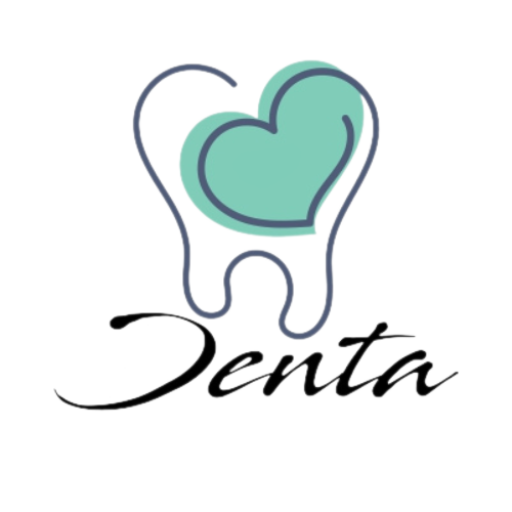Clean Tongues for Fresher Breath
You always brush your pearly whites, gargle antiseptic mouth rinses, and floss daily. Throw in regular dental check-ups, and you might think you’re the poster child for oral hygiene. But what if I told you that you’re forgetting something? Surprisingly, many people overlook one of the most important aspects of oral care—the tongue. You taste with it, lick with it, and even wag it in conversation. Doesn’t it make sense to keep it as clean as your teeth and gums? A white, coated, or unhealthy-looking tongue not only affects appearance but can also be a major source of bad breath.
Why Tongue Cleaning Matters
Although the tongue may look flat and smooth, it actually contains tiny grooves and fissures. These uneven surfaces provide the perfect hiding spots for anaerobic bacteria, which thrive without oxygen. These bacteria are one of the primary causes of halitosis (bad breath). In addition, a jelly-like film of plaque can build up on the tongue, and rinsing alone cannot remove it. Scraping or brushing the tongue is the most effective way to eliminate this coating and restore freshness.
Neglecting tongue cleaning doesn’t just lead to bad breath—it may also affect your overall oral health. Studies suggest that excess bacteria on the tongue can contribute to tooth decay and gum disease, making tongue hygiene an essential part of your daily routine.
How to Properly Clean Your Tongue
Cleaning your tongue is quick and simple, usually taking only 1–2 minutes. However, it’s important to do it correctly to avoid irritation. Here are some tips:
- Choose the Right Tool – You don’t necessarily need a special tongue cleaner. A regular toothbrush works fine, though tongue scrapers are easier to maneuver and more effective at removing bacteria.
- Use Toothpaste for Extra Protection – Adding a bit of toothpaste provides antibacterial power while freshening your breath.
- Scrape Gently – There’s no need to scrape aggressively. Gentle strokes are enough to remove debris and bacteria without irritating your tongue.
- Work from Back to Front – Start at the back of your tongue and slowly move forward. This technique ensures you don’t miss any areas.
- Pay Attention to the Back – Most bacteria accumulate at the rear of the tongue, so spend a little extra time there.
- Rinse Well – After scraping, gargle with water or mouthwash to remove loosened particles.
- Repeat During Brushing – For best results, clean your tongue every time you brush your teeth.
If you’re new to tongue cleaning, start slowly. Some people may feel a slight gag reflex at first, but this usually decreases with practice.
Beyond Tongue Cleaning: Complete Oral Hygiene
While tongue cleaning plays a crucial role in preventing bad breath, it’s not a stand-alone solution. True oral hygiene also requires:
- Brushing teeth at least twice daily with fluoride toothpaste.
- Daily flossing to remove plaque between teeth.
- Using antiseptic mouth rinses to kill bacteria and freshen breath.
- Regular dental check-ups for professional cleaning and oral health assessments.
Think of tongue cleaning as one piece of the puzzle. When combined with other oral hygiene practices, it leads to fresher breath, healthier gums, and a more confident smile.
The Benefits of Tongue Cleaning
Adding tongue cleaning to your daily oral care routine offers multiple benefits:
- Fresher, cleaner breath.
- Reduced bacterial buildup.
- Better sense of taste, as bacteria and plaque can dull flavor perception.
- Improved overall oral hygiene, supporting healthier teeth and gums.
- Greater confidence in social interactions.
In short, cleaning your tongue is a small habit that delivers big results.
